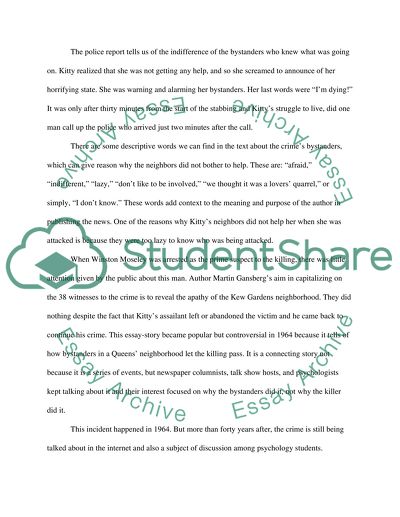Cite this document
(“Contextual Research: Analysis of Gansbergs Texts about the Life Story Research Paper”, n.d.)
Contextual Research: Analysis of Gansbergs Texts about the Life Story Research Paper. Retrieved from https://studentshare.org/social-science/1495049-contexual-research-essay
Contextual Research: Analysis of Gansbergs Texts about the Life Story Research Paper. Retrieved from https://studentshare.org/social-science/1495049-contexual-research-essay
(Contextual Research: Analysis of Gansbergs Texts about the Life Story Research Paper)
Contextual Research: Analysis of Gansbergs Texts about the Life Story Research Paper. https://studentshare.org/social-science/1495049-contexual-research-essay.
Contextual Research: Analysis of Gansbergs Texts about the Life Story Research Paper. https://studentshare.org/social-science/1495049-contexual-research-essay.
“Contextual Research: Analysis of Gansbergs Texts about the Life Story Research Paper”, n.d. https://studentshare.org/social-science/1495049-contexual-research-essay.


